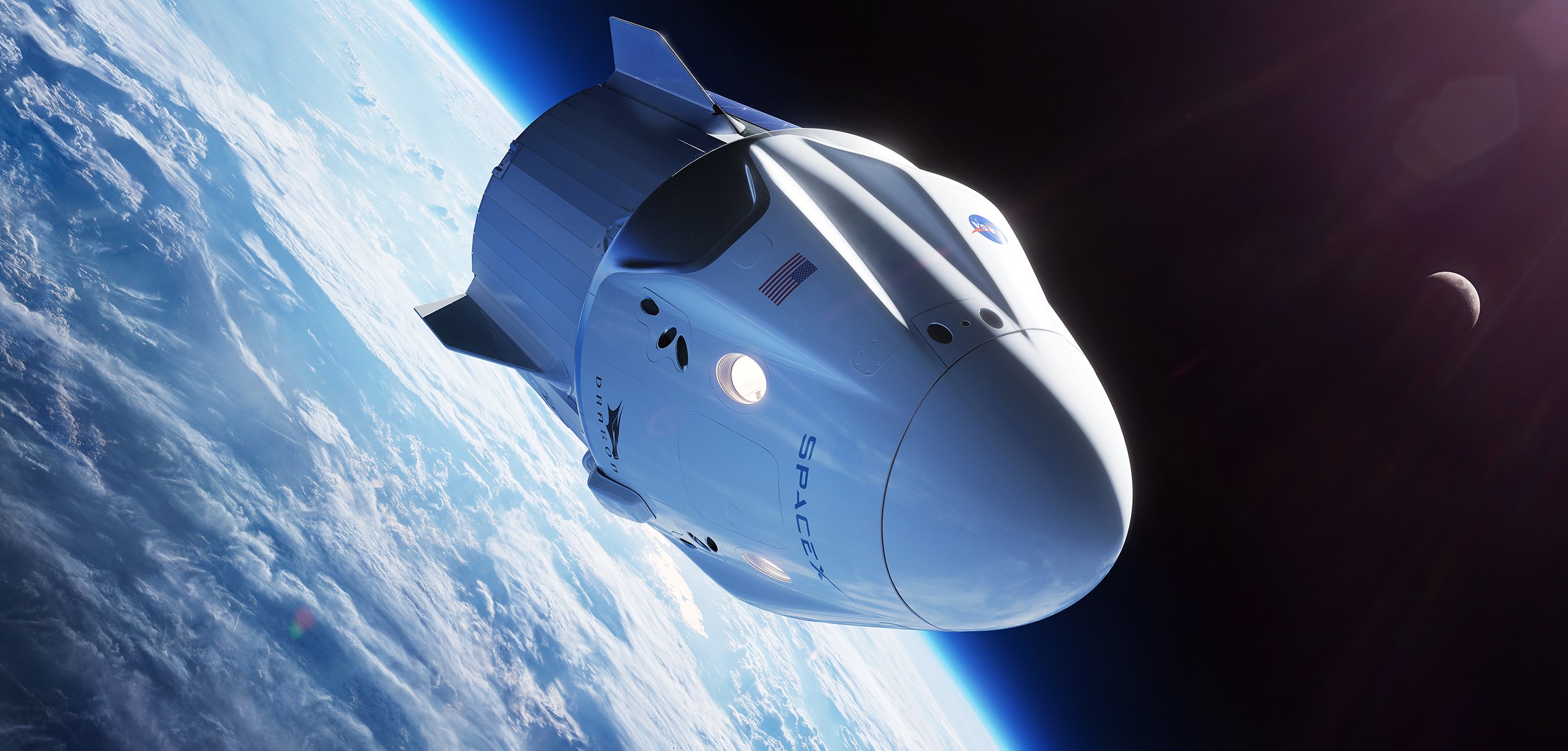
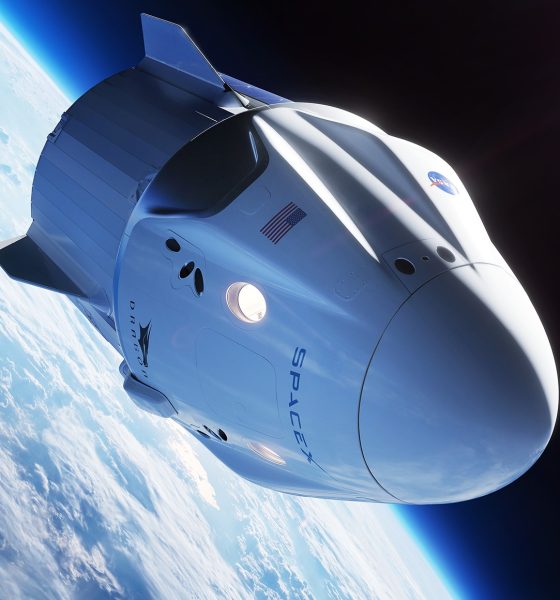
News
SpaceX looks to launch space tourists to record heights
SpaceX has signed an agreement with a space tourism company that could see its Crew Dragon spacecraft take space tourists to heights unmatched by astronauts in half a century.
On Tuesday, February 18th, Space Adventures announced the agreement, revealing that it is now officially looking for wealthy private customers interested in launching to orbit on a SpaceX rocket and spacecraft. Known as Crew Dragon, that spacecraft is perhaps just two or three months away from SpaceX’s inaugural astronaut launch, in which two NASA astronauts will be sent into orbit to rendezvous and dock with the International Space Station (ISS) before returning to Earth after several weeks or months in space.
Founded in 1998, while Space Adventures has a slightly checkered past and has been more or less inactive for more than a decade, the company did manage to arrange eight separate spaceflights for seven private customers between 2001 and 2009. All flights previously arranged were done so through Russian space agency Roscosmos with Soyuz rockets and spacecraft and involved approximately week-long visits to the International Space Station (ISS), where the private astronauts – all multimillionaires and billionaires – mainly observed routine ISS operations and assisted with science experiments. With SpaceX’s Falcon 9 and Crew Dragon, Space Adventures hopes to soon offer orbital tourists an option that keeps all operations in the United States.
As noted, it must be stated that the February 18th agreement doesn’t actually mean that private customers will definitively launch into orbit in SpaceX’s Crew Dragon spacecraft. Instead, it serves as a semi-contractual confirmation that the spaceflight company is officially willing and ready to support such a mission in the event that Space Adventures is able to secure enough customers to purchase the necessary launch services. While not out of the question, that will be no easy feat.
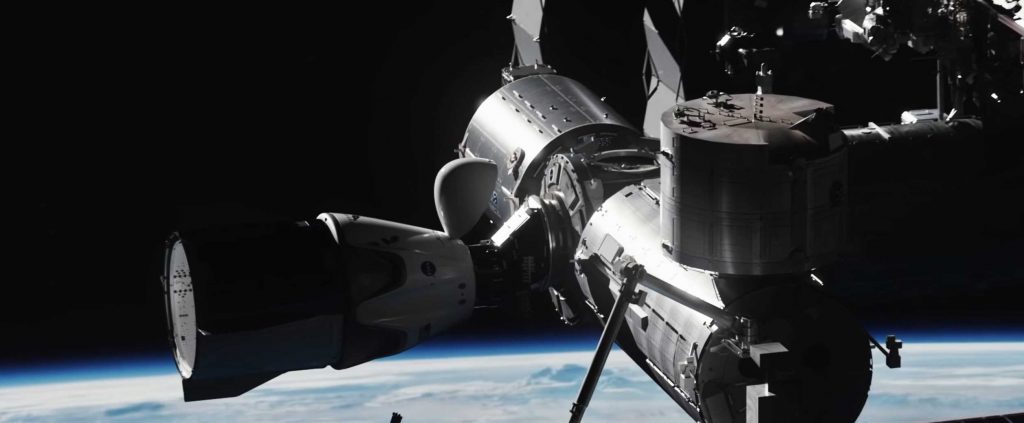
Thankfully, several aspects of this new agreement should work in SpaceX and Space Adventures’ favor. As a unique ‘free-flying’ mission, Crew Dragon and its space tourists would not actually rendezvous with the ISS – instead serving as its own miniature outpost in Low Earth Orbit (LEO) for several days. Relative to SA’s past tourist flights to the ISS, this will save a large portion of the time and cost associated with both training civilians for spaceflight and ISS operations and working with NASA and Roscosmos to arrange the complex mission.
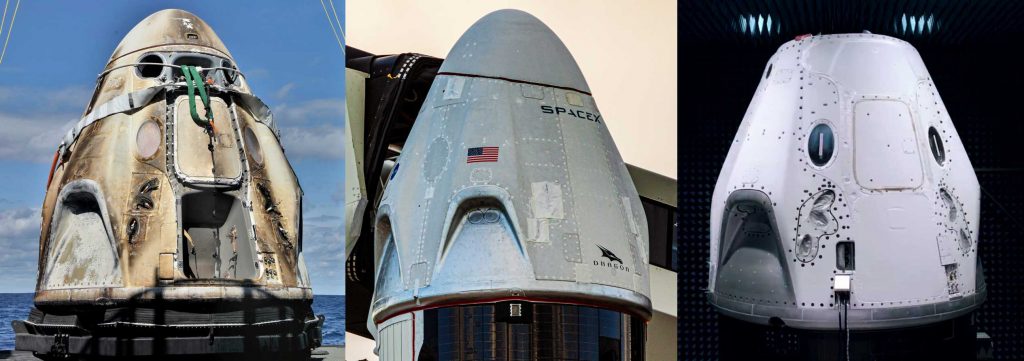
Aside from simplifying the training and bureaucracy involved in orbital tourism, the fact that Space Adventures’ newest proposal will have no affiliation or involvement with NASA or Roscosmos also means that there’s nothing preventing SpaceX from using a flight-proven Falcon 9 booster and Crew Dragon capsule on its space tourist launch. By combining flight-proven hardware with a space station-free mission profile, SpaceX could theoretically cut the overall flight’s cost by tens or even hundreds of millions of dollars.
According to public analyses performed over the last few years by auditors and researchers, SpaceX Crew Dragon launches will likely cost NASA around $400 million each, while a comparable Boeing Starliner mission will cost the space agency at least $650 million. The SpaceX figure is, however, predicated upon the production of a brand new Falcon 9 rocket and Crew Dragon spacecraft for each launch and includes costs associated with any processing or operations involving NASA teams and facilities.
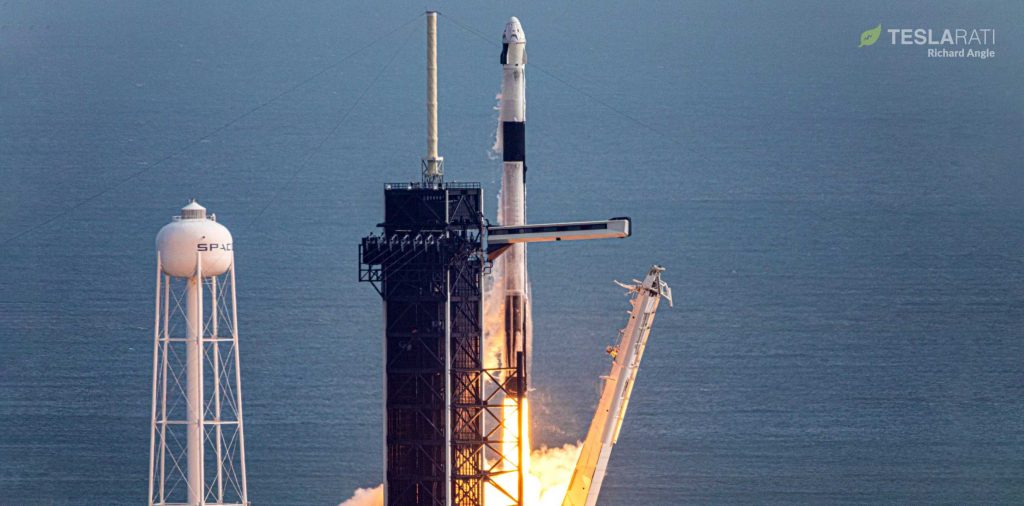
As noted above, the use of a thoroughly flight-proven Falcon 9 booster and Crew Dragon capsule could dramatically cut the cost of private astronaut launches relative to the NASA baseline. It’s conceivable that – having effectively amortized the cost of the spacecraft and booster with a NASA astronaut launch – such a private mission’s price could be little more than the cost of building a new Falcon upper stage and Crew Dragon trunk, as well as booster/capsule refurbishment and general operations. Conservatively, the ultimate price SpaceX offers or offered Space Adventures could thus be as low as $100-200 million per launch.
Space Adventures says it could support as many as four space tourists on one flight, translating to a cost of $25-50 million per person if all seats are filled. This would compare reasonably well with the $20-50 million it typically charged its seven orbital tourism customers. That is still a vast sum of money and cuts the pool of potential customers to perhaps a few tens of thousands of people worldwide. Nevertheless, Google co-founder Sergey Brin (and possibly others) is on a sort of waiting list (requiring a $5 million deposit) for future orbital Space Adventures flights, giving the company at least one strong prospective customer.
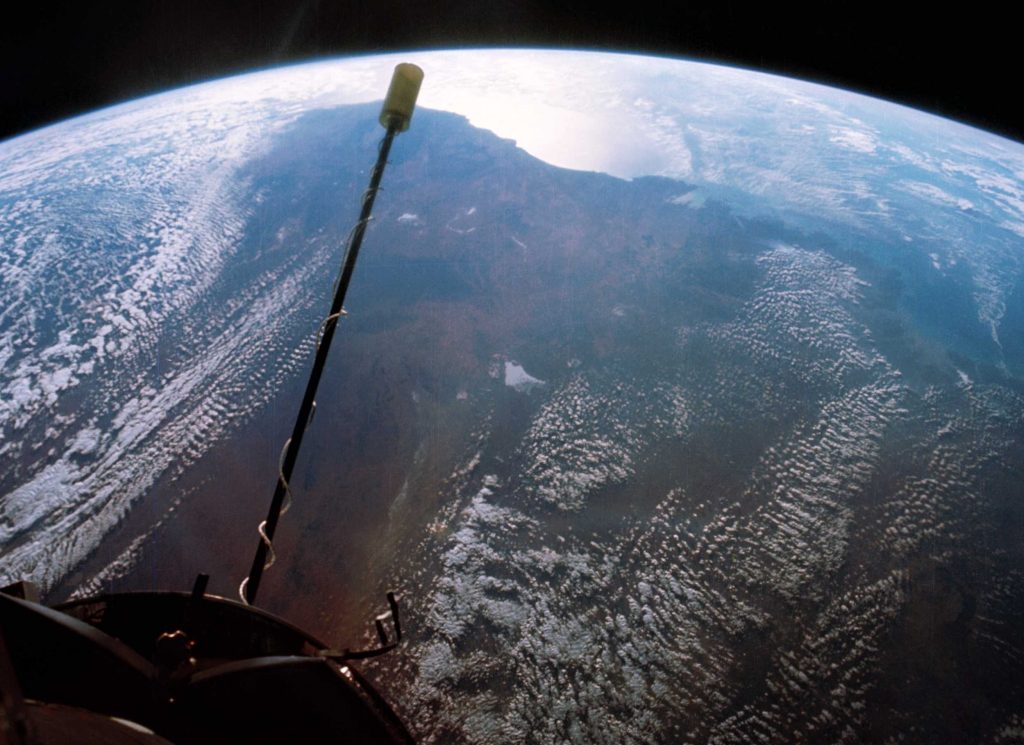
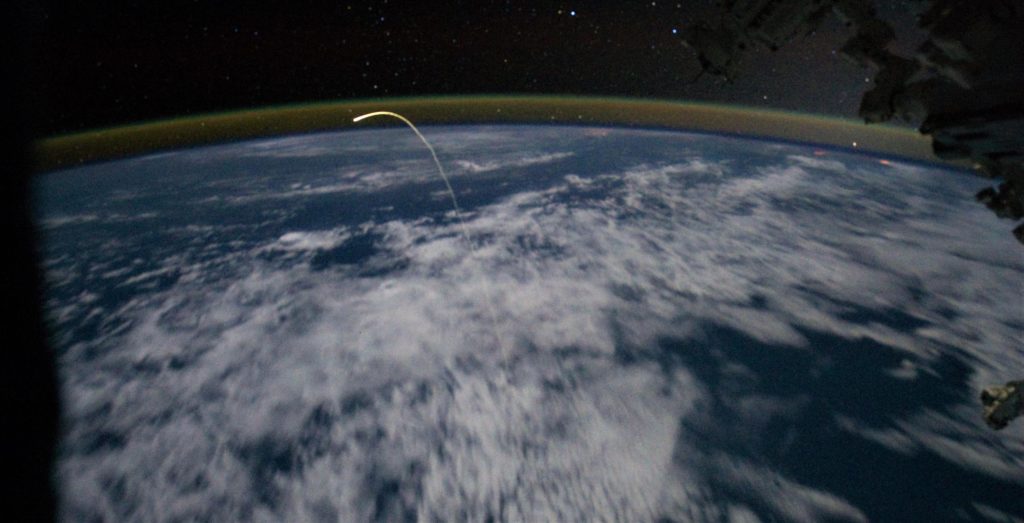
Thanks to skipping a space station rendezvous, perhaps the single biggest selling point of the mission is that Falcon 9 and Crew Dragon could potentially send space tourists higher than ever before – to an altitude only certain NASA Apollo and Gemini astronauts can claim to have surpassed. Space Adventures specifically notes this on its website, stating that prospective space tourists could reach an altitude that only Gemini 11 astronauts have surpassed while remaining in Earth orbit.
Gemini 11 astronauts reached an of apogee around 850 miles (1350 km) while still in Earth orbit – a record that stands today. Neither Space Adventures or SpaceX have specifically stated how high an unmodified Falcon 9 and Crew Dragon to launch private astronauts, but the implication is that the view would be comparable to – or even better than – what the Gemini 11 crew saw back in 1966. Regardless, it’s safe to say that if SpaceX and Space Adventures’ new space tourism effort is greeted with healthy demand, we’ll be shortly entering a new era of private spaceflight. Crew Dragon’s first private astronaut mission is tentatively scheduled to launch as early as late-2021 or early-2022.
Check out Teslarati’s Marketplace! We offer Tesla accessories, including for the Tesla Cybertruck and Tesla Model 3.

News
Tesla (TSLA) receives “Buy” rating and $551 PT from Canaccord Genuity
He also maintained a “Buy” rating for TSLA stock over the company’s improving long-term outlook, which is driven by autonomy and robotics.

Canaccord Genuity analyst George Gianarikas raised his Tesla (NASDAQ:TSLA) price target from $482 to $551. He also maintained a “Buy” rating for TSLA stock over the company’s improving long-term outlook, which is driven by autonomy and robotics.
The analyst’s updated note
Gianarikas lowered his 4Q25 delivery estimates but pointed to several positive factors in the Tesla story. He noted that EV adoption in emerging markets is gaining pace, and progress in FSD and the Robotaxi rollout in 2026 represent major upside drivers. Further progress in the Optimus program next year could also add more momentum for the electric vehicle maker.
“Overall, yes, 4Q25 delivery expectations are being revised lower. However, the reset in the US EV market is laying the groundwork for a more durable and attractive long-term demand environment.
“At the same time, EV penetration in emerging markets is accelerating, reinforcing Tesla’s potential multi‑year growth runway beyond the US. Global progress in FSD and the anticipated rollout of a larger robotaxi fleet in 2026 are increasingly important components of the Tesla equity story and could provide sentiment tailwinds,” the analyst wrote.
Tesla’s busy 2026
The upcoming year would be a busy one for Tesla, considering the company’s plans and targets. The autonomous two-seat Cybercab has been confirmed to start production sometime in Q2 2026, as per Elon Musk during the 2025 Annual Shareholder Meeting.
Apart from this, Tesla is also expected to unveil the next-generation Roadster on April 1, 2026. Tesla is also expected to start high-volume production of the Tesla Semi in Nevada next year.
Apart from vehicle launches, Tesla has expressed its intentions to significantly ramp the rollout of FSD to several regions worldwide, such as Europe. Plans are also underway to launch more Robotaxi networks in several more key areas across the United States.
News
Waymo sues Santa Monica over order to halt overnight charging sessions
In its complaint, Waymo argued that its self-driving cars’ operations do not constitute a public nuisance, and compliance with the city’s order would cause the company irreparable harm.

Waymo has filed a lawsuit against the City of Santa Monica in Los Angeles County Superior Court, seeking to block an order that requires the company to cease overnight charging at two facilities.
In its complaint, Waymo argued that its self-driving cars’ operations do not constitute a public nuisance, and compliance with the city’s order would cause the company irreparable harm.
Nuisance claims
As noted in a report from the Los Angeles Times, Waymo’s two charging sites at Euclid Street and Broadway have operated for about a year, supporting the company’s growing fleet with round-the-clock activity. Unfortunately, this has also resulted in residents in the area reportedly being unable to sleep due to incessant beeping from self-driving taxis that are moving in and out of the charging stations around the clock.
Frustrated residents have protested against the Waymos by blocking the vehicles’ paths, placing cones, and “stacking” cars to create backups. This has also resulted in multiple calls to the police.
Last month, the city issued an order to Waymo and its charging partner, Voltera, to cease overnight operations at the charging locations, stating that the self-driving vehicles’ activities at night were a public nuisance. A December 15 meeting yielded no agreement on mitigations like software rerouting. Waymo proposed changes, but the city reportedly insisted that nothing would satisfy the irate residents.
“We are disappointed that the City has chosen an adversarial path over a collaborative one. The City’s position has been to insist that no actions taken or proposed by Waymo would satisfy the complaining neighbors and therefore must be deemed insufficient,” a Waymo spokesperson stated.
Waymo pushes back
In its legal complaint, Waymo stated that its “activities at the Broadway Facilities do not constitute a public nuisance.” The company also noted that it “faces imminent and irreparable harm to its operations, employees, and customers” from the city’s order. The suit also stated that the city was fully aware that the Voltera charging sites would be operating around the clock to support Waymo’s self-driving taxis.
The company highlighted over one million trips in Santa Monica since launch, with more than 50,000 rides starting or ending there in November alone. Waymo also criticized the city for adopting a contentious strategy against businesses.
“The City of Santa Monica’s recent actions are inconsistent with its stated goal of attracting investment. At a time when the City faces a serious fiscal crisis, officials are choosing to obstruct properly permitted investment rather than fostering a ‘ready for business’ environment,” Waymo stated.
News
Tesla FSD v14.2.2 is getting rave reviews from drivers
So far, early testers have reported buttery-smooth drives with confident performance, even at night or on twisty roads.

Tesla Full Self-Driving (Supervised) v14.2.2 is receiving positive reviews from owners, with several drivers praising the build’s lack of hesitation during lane changes and its smoother decision-making, among others.
The update, which started rolling out on Monday, also adds features like dynamic arrival pin adjustment. So far, early testers have reported buttery-smooth drives with confident performance, even at night or on twisty roads.
Owners highlight major improvements
Longtime Tesla owner and FSD user @BLKMDL3 shared a detailed 10-hour impression of FSD v14.2.2, noting that the system exhibited “zero lane change hesitation” and “extremely refined” lane choices. He praised Mad Max mode’s performance, stellar parking in locations including ticket dispensers, and impressive canyon runs even in dark conditions.
Fellow FSD user Dan Burkland reported an hour of FSD v14.2.2’s nighttime driving with “zero hesitations” and “buttery smooth” confidence reminiscent of Robotaxi rides in areas such as Austin, Texas. Veteran FSD user Whole Mars Catalog also demonstrated voice navigation via Grok, while Tesla owner Devin Olsen completed a nearly two-hour drive with FSD v14.2.2 in heavy traffic and rain with strong performance.
Closer to unsupervised
FSD has been receiving rave reviews, even from Tesla’s competitors. Xpeng CEO He Xiaopeng, for one, offered fresh praise for FSD v14.2 after visiting Silicon Valley. Following extended test drives of Tesla vehicles running the latest FSD software, He stated that the system has made major strides, reinforcing his view that Tesla’s approach to autonomy is indeed the proper path towards autonomy.
According to He, Tesla’s FSD has evolved from a smooth Level 2 advanced driver assistance system into what he described as a “near-Level 4” experience in terms of capabilities. While acknowledging that areas of improvement are still present, the Xpeng CEO stated that FSD’s current iteration significantly surpasses last year’s capabilities. He also reiterated his belief that Tesla’s strategy of using the same autonomous software and hardware architecture across private vehicles and robotaxis is the right long-term approach, as it would allow users to bypass intermediate autonomy stages and move closer to Level 4 functionality.








